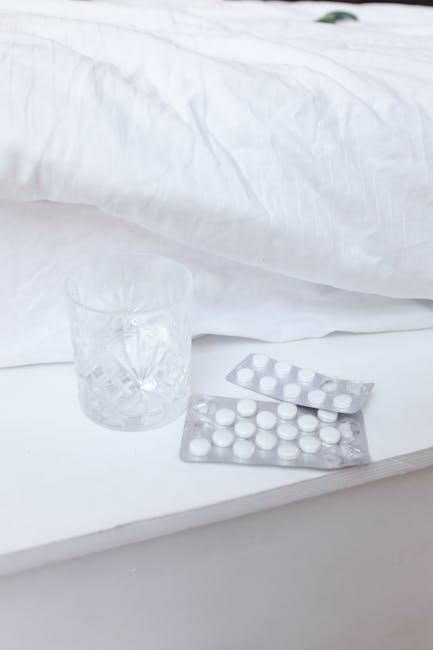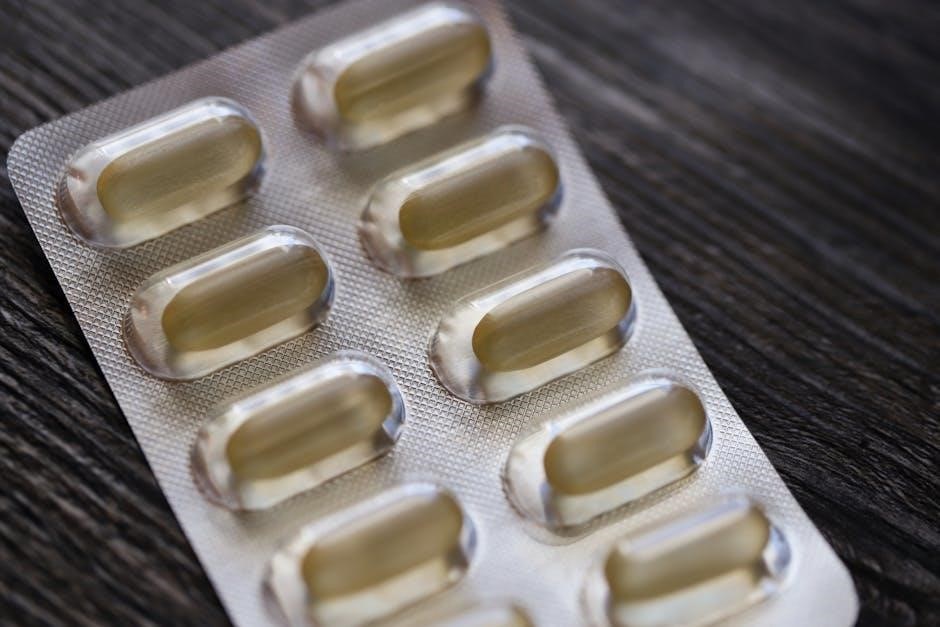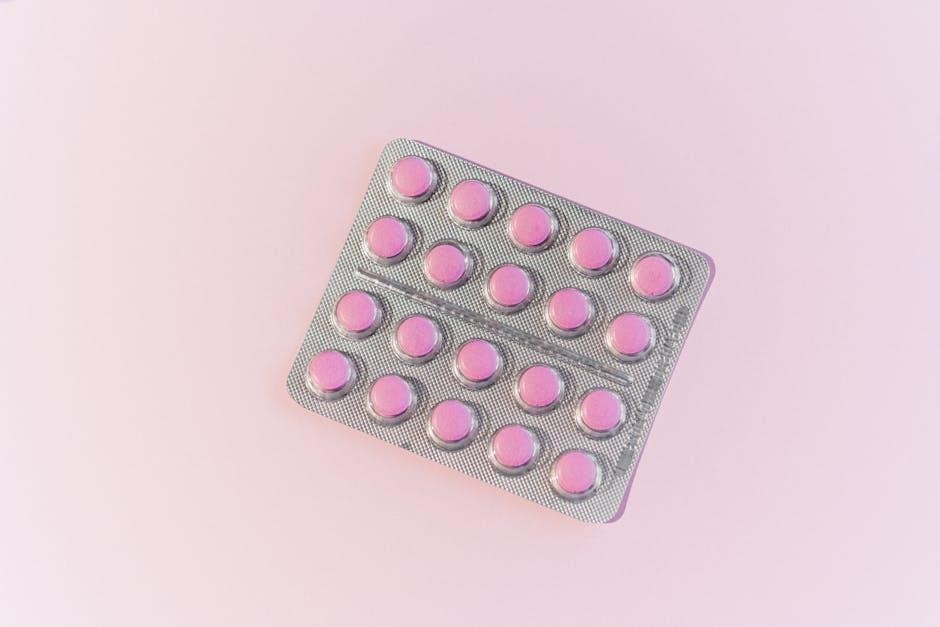Prednisone 5mg Dose Pack: Instructions and Usage
This section provides instructions on how to correctly use a Prednisone 5mg dose pack. A typical dose pack contains 21 tablets. Follow the dosage schedule provided on the package unless your doctor gives you other instructions. It is important to adhere to the prescribed dosage for optimal results.
What is Prednisone?
Prednisone is a corticosteroid medication used to treat a wide range of conditions. It works by decreasing inflammation and suppressing the immune system. Prednisone is available in various forms, including tablets, oral solutions, and dose packs, each designed for specific administration and dosage requirements. A 5mg dose pack, often containing 21 tablets, is a common way to administer a short course of this medication.

It is important to know that Prednisone mimics the effects of hormones your body naturally produces, especially those from adrenal glands. These hormones regulate various bodily functions, including immune responses and inflammation. Doctors prescribe Prednisone to manage conditions like arthritis, allergic reactions, asthma, skin diseases, and certain types of cancer. Understanding what Prednisone is and how it functions is essential for using it safely and effectively, and for understanding your doctor’s treatment plan. Always consult with your healthcare provider for specific information and instructions.
Indications for Prednisone Use
Prednisone is prescribed for a multitude of conditions due to its anti-inflammatory and immunosuppressant properties. Common indications include the management of inflammatory conditions like rheumatoid arthritis, lupus, and inflammatory bowel disease (IBD). It is also frequently used to treat allergic reactions, such as severe skin rashes, asthma exacerbations, and reactions to certain medications or foods. Prednisone can also be part of the treatment plan for certain respiratory problems, including chronic obstructive pulmonary disease (COPD) flare-ups and bronchitis.
In some cases, Prednisone is used to manage autoimmune disorders, where the body’s immune system mistakenly attacks its own tissues. Additionally, Prednisone may be used in the treatment of some cancers and blood disorders. The specific dosage and duration of Prednisone treatment will vary depending on the condition being treated and the individual’s response to the medication. It is crucial to follow your doctor’s instructions carefully and to discuss any concerns you may have regarding your treatment plan.
Prednisone Dosage and Administration
Prednisone dosage varies widely depending on the specific condition being treated and the individual patient’s response. The initial dosage can range from 5 mg to 60 mg per day. It is essential to follow your doctor’s prescribed dosage carefully. Prednisone is typically administered orally, and it’s often recommended to take it with food to minimize stomach upset. For a 21-tablet dose pack, a common regimen involves taking a higher dose initially, followed by a gradual reduction over the course of six days.
This tapering approach helps to minimize potential withdrawal symptoms and allows the adrenal glands to gradually resume their normal function. The exact schedule for the dose pack should be clearly outlined on the packaging or provided by your healthcare provider. Consistent adherence to the dosage schedule is crucial for the medication to be effective and to avoid potential complications. Never adjust the dosage without consulting your doctor.
General Dosage Guidelines
The typical starting dosage for prednisone can range from 5mg to 60mg per day, depending on the severity of the condition and individual patient factors. Dosage adjustments are common, based on the patient’s response and tolerance to the medication. It is crucial to adhere to your doctor’s specific instructions regarding the dosage and frequency of administration. Prednisone is often taken orally, and it’s generally recommended to take it with food to minimize the risk of stomach upset.

For longer-term use, doctors often prescribe the lowest effective dose to minimize potential side effects. If prednisone is prescribed for an extended period, the dosage should be tapered gradually under medical supervision to avoid withdrawal symptoms. Never abruptly stop taking prednisone without consulting your healthcare provider, as this can lead to serious health complications. Always discuss any concerns or questions about your dosage with your doctor or pharmacist.
Specific Instructions for a 21-Tablet Dose Pack
A 21-tablet prednisone dose pack is designed to provide a tapering dosage of the medication over six days. Typically, on the first day, you would take six tablets. Each subsequent day, the number of tablets decreases by one. So, on day two, you would take five tablets, on day three, four tablets, and so on, until the last day, where you take only one tablet.
It’s crucial to follow the specific sequence outlined on the dose pack to ensure the medication is tapered correctly. Taking the tablets with food or milk is often recommended to minimize stomach upset. If you miss a dose, take it as soon as you remember, unless it’s almost time for your next scheduled dose. In that case, skip the missed dose and continue with your regular dosing schedule. Never double up on doses to catch up. Contact your doctor or pharmacist if you have any questions or concerns about how to take the medication.

Important Considerations Before Starting Prednisone
Before beginning a prednisone regimen, several important considerations should be addressed. Firstly, inform your doctor about your complete medical history, including any existing conditions such as diabetes, high blood pressure, heart problems, osteoporosis, or mental health issues. Prednisone can exacerbate these conditions, requiring careful monitoring and management.
Also, disclose all medications you are currently taking, including prescription drugs, over-the-counter medications, and herbal supplements. Prednisone can interact with various medications, potentially altering their effectiveness or increasing the risk of side effects. Furthermore, vaccinations should be discussed with your doctor, as prednisone can weaken the immune system and reduce the effectiveness of certain vaccines.
Finally, if you are pregnant, planning to become pregnant, or breastfeeding, consult your doctor before taking prednisone. The potential risks and benefits for both you and your baby need to be carefully evaluated. Your doctor will assess your individual situation and determine if prednisone is the appropriate treatment option for you.
How to Take Prednisone
When taking prednisone, follow your doctor’s instructions carefully. It’s generally recommended to take prednisone with food to minimize stomach upset. Swallowing the tablets whole with a full glass of water is also advised unless your doctor provides alternate directions. If a dose pack is prescribed, adhere to the schedule indicated on the packaging, unless instructed otherwise by your healthcare provider.
Consistency is key; try to take prednisone at the same time(s) each day to maintain stable blood levels of the medication. If you are on a multiple-dose regimen, space the doses evenly throughout the day. Should you miss a dose, take it as soon as you remember, unless it’s almost time for your next scheduled dose. In that case, skip the missed dose and resume your regular dosing schedule. Never double up on doses to compensate for a missed one.
If you are taking prednisone for an extended period, do not abruptly stop the medication without consulting your doctor. A gradual tapering of the dosage is often necessary to allow your body to readjust and prevent withdrawal symptoms.
Timing and Food Intake
Optimal timing and food intake are essential when taking prednisone. It is generally recommended to take prednisone with food to prevent stomach upset. The medication can irritate the stomach lining, so consuming it with a meal or snack helps to reduce this risk. A full glass of water should also be taken with each dose unless otherwise instructed.
The timing of your prednisone dose is also important. Unless your doctor provides different instructions, it’s often best to take prednisone as a single dose in the morning, ideally after breakfast. This timing aligns with the body’s natural cortisol production cycle, which may help minimize some side effects. For those on multiple daily doses, space them evenly throughout the day and always administer them with food.
If you are using a prednisolone dose pack, adhere to the specific schedule indicated on the package while keeping the food intake recommendation in mind. Never take prednisone on an empty stomach. Consistency in timing and adhering to food intake guidelines can improve tolerance and effectiveness.
Swallowing Instructions
When taking Prednisone tablets, proper swallowing technique is important to ensure the medication is administered effectively. Always swallow the tablets whole; do not crush, chew, or break them unless specifically instructed by your healthcare provider. Crushing or chewing the tablets can alter the way the medication is absorbed, potentially affecting its efficacy and increasing the risk of side effects.
Take each dose with a full glass of water (approximately 8 ounces). This helps to ensure the tablet is fully swallowed and aids in its dissolution in the stomach. If you have difficulty swallowing pills, discuss this with your doctor or pharmacist. They may be able to offer helpful tips or suggest alternative formulations, if available. Avoid lying down immediately after taking Prednisone; remain upright for at least 10-15 minutes to prevent the tablet from getting lodged in your esophagus.
If you miss a dose, take it as soon as you remember, unless it is close to the time for your next scheduled dose. In that case, skip the missed dose and continue with your regular dosing schedule. Do not double the dose to catch up. Always consult with your doctor or pharmacist if you have any questions or concerns about swallowing your medication correctly.
Potential Side Effects of Prednisone
Prednisone, like all medications, carries the potential for side effects. It’s crucial to be aware of these possible effects and to monitor yourself for any changes while taking the medication. Common side effects can include increased appetite, weight gain, fluid retention (leading to swelling, especially in the ankles and feet), and mood changes such as irritability or anxiety. Some individuals may also experience difficulty sleeping or increased sweating.
More serious side effects, though less common, can occur. These include elevated blood sugar levels (which may require monitoring, particularly for diabetics), increased blood pressure, and weakening of the bones (osteoporosis) with long-term use. Prednisone can also suppress the immune system, making you more susceptible to infections. Report any signs of infection, such as fever, sore throat, or persistent cough, to your doctor immediately.
Other potential side effects include stomach upset, blurred vision, and skin changes like acne or thinning skin. Not everyone experiences these side effects, and their severity can vary from person to person. If you experience any bothersome or concerning side effects while taking Prednisone, contact your healthcare provider for advice. They can assess your symptoms and determine the best course of action.
Tapering Prednisone Dosage

Tapering the prednisone dosage is a critical step in discontinuing the medication, especially after prolonged use. Abruptly stopping prednisone can lead to withdrawal symptoms as the body’s adrenal glands, which may have become suppressed during treatment, struggle to resume their normal function. These symptoms can include fatigue, weakness, body aches, joint pain, nausea, and even a more serious adrenal crisis.
The tapering process involves gradually reducing the dose of prednisone over a period of time, allowing the adrenal glands to slowly regain their ability to produce natural corticosteroids. The specific tapering schedule will depend on several factors, including the initial dose, the duration of treatment, and the individual’s response to the medication. Your doctor will determine the most appropriate tapering schedule for you.
It is essential to follow your doctor’s instructions carefully during the tapering process. Do not attempt to adjust the dosage on your own. Regular monitoring by your healthcare provider is also important to assess how your body is responding to the dose reduction. Report any concerning symptoms that arise during the tapering process, as adjustments to the schedule may be necessary to ensure a safe and comfortable withdrawal from prednisone.
Prednisone and Pediatric Use
Prednisone can be used in pediatric patients for various conditions; however, it’s crucial to exercise caution and carefully consider the potential risks and benefits. While studies have demonstrated the usefulness of prednisone in children, long-term use can lead to growth suppression and bone problems. Pediatric patients are more susceptible to these side effects, so the lowest effective dose should be used for the shortest possible duration.
Regular monitoring of growth and bone density is essential during prednisone treatment in children. Doctors will closely monitor the child’s height and weight, and may also perform bone density scans to assess bone health. Nutritional support, including adequate calcium and vitamin D intake, is important to mitigate potential bone-related side effects. In some cases, alternative treatments may be considered to minimize the need for long-term prednisone use.
Parents should discuss any concerns about prednisone use in their children with their healthcare provider. It is important to understand the potential risks and benefits, and to adhere to the prescribed dosage and monitoring schedule. Never adjust the dosage without consulting a doctor. Open communication with the healthcare team is essential to ensure the safe and effective use of prednisone in pediatric patients.
Drug Interactions and Precautions
Before starting prednisone, inform your doctor about all medications you are taking, including prescription drugs, over-the-counter medications, and herbal supplements. Prednisone can interact with various drugs, potentially altering their effectiveness or increasing the risk of side effects. Certain medications, such as NSAIDs, can increase the risk of stomach ulcers when taken with prednisone. Other drugs may affect prednisone metabolism, leading to altered levels in the body.
Patients with certain medical conditions should exercise caution when taking prednisone. Individuals with diabetes may experience increased blood sugar levels, requiring adjustments to their diabetes medications. Prednisone can also worsen conditions such as high blood pressure, heart failure, and osteoporosis. It is crucial to discuss your medical history with your doctor to ensure the safe use of prednisone.
Live vaccines should be avoided during prednisone treatment, as the medication can weaken the immune system and increase the risk of infection. If vaccination is necessary, consult with your doctor to determine the appropriate timing and type of vaccine. Always follow your doctor’s instructions carefully and report any unusual symptoms or side effects promptly. Careful consideration of drug interactions and pre-existing conditions is essential for safe prednisone use.
